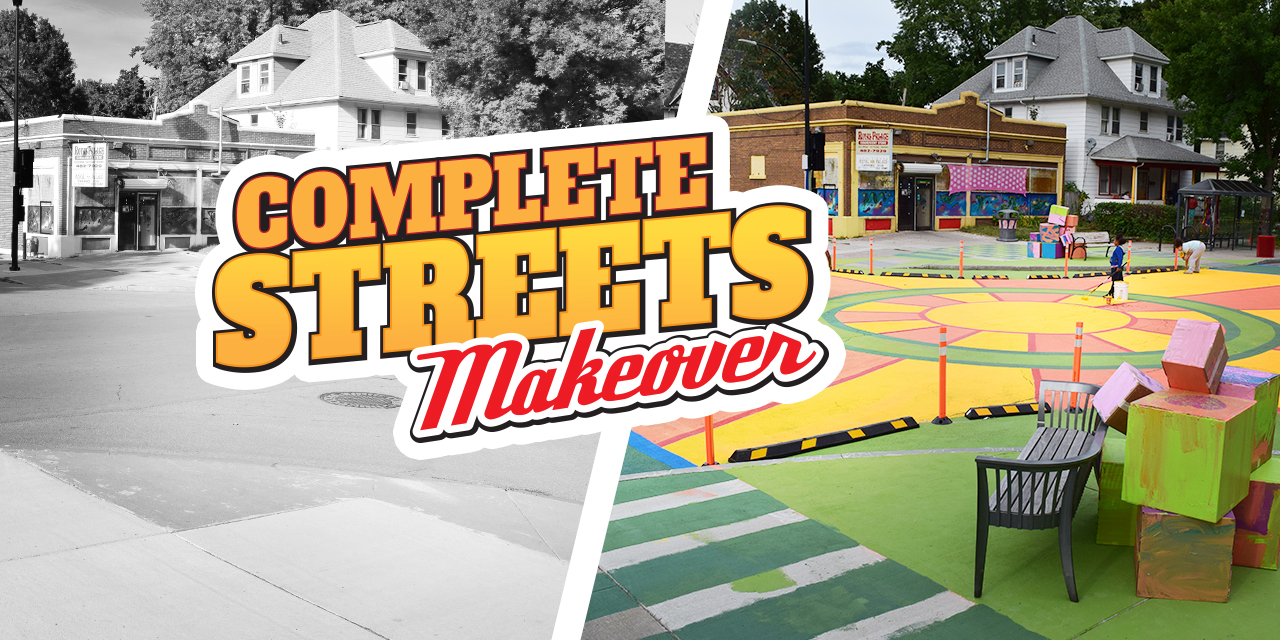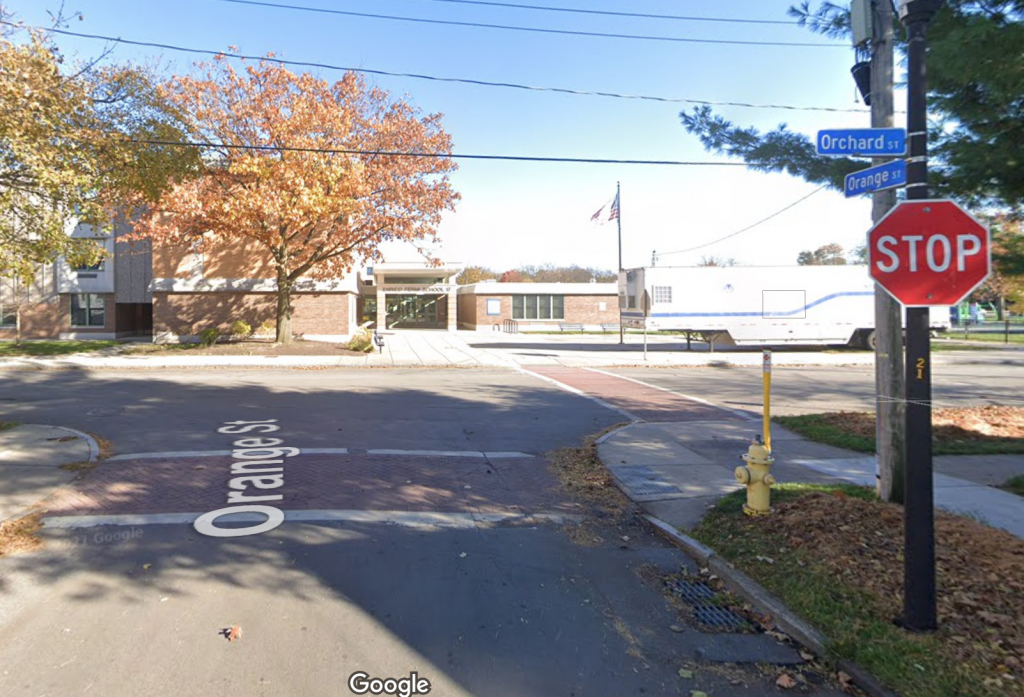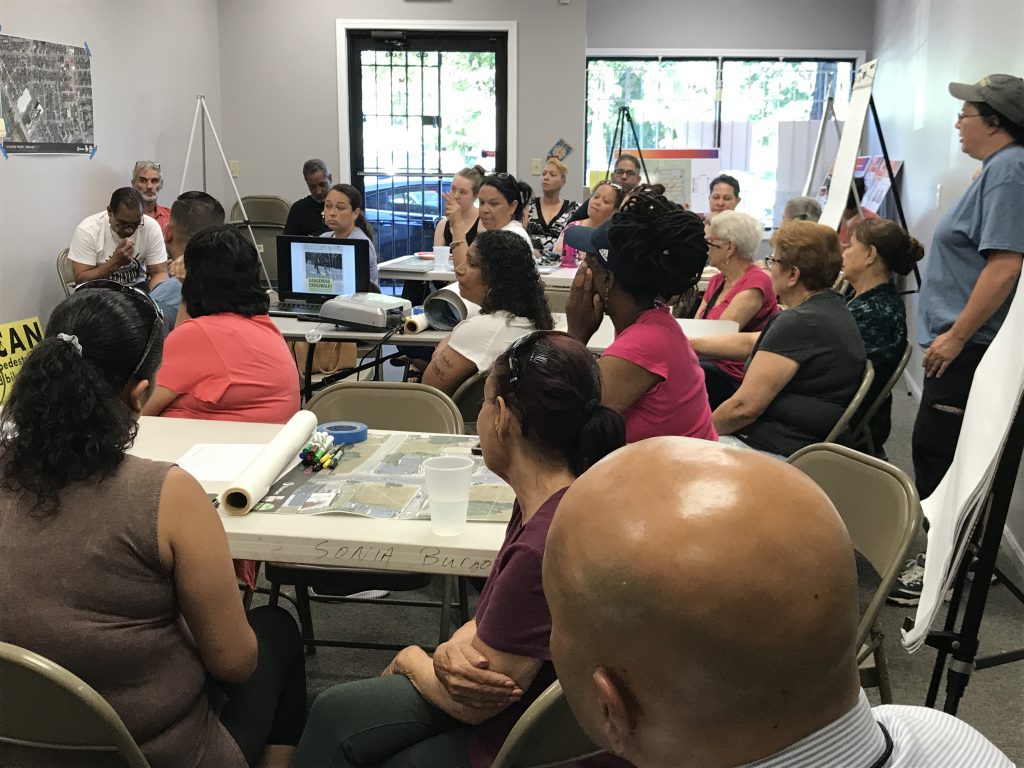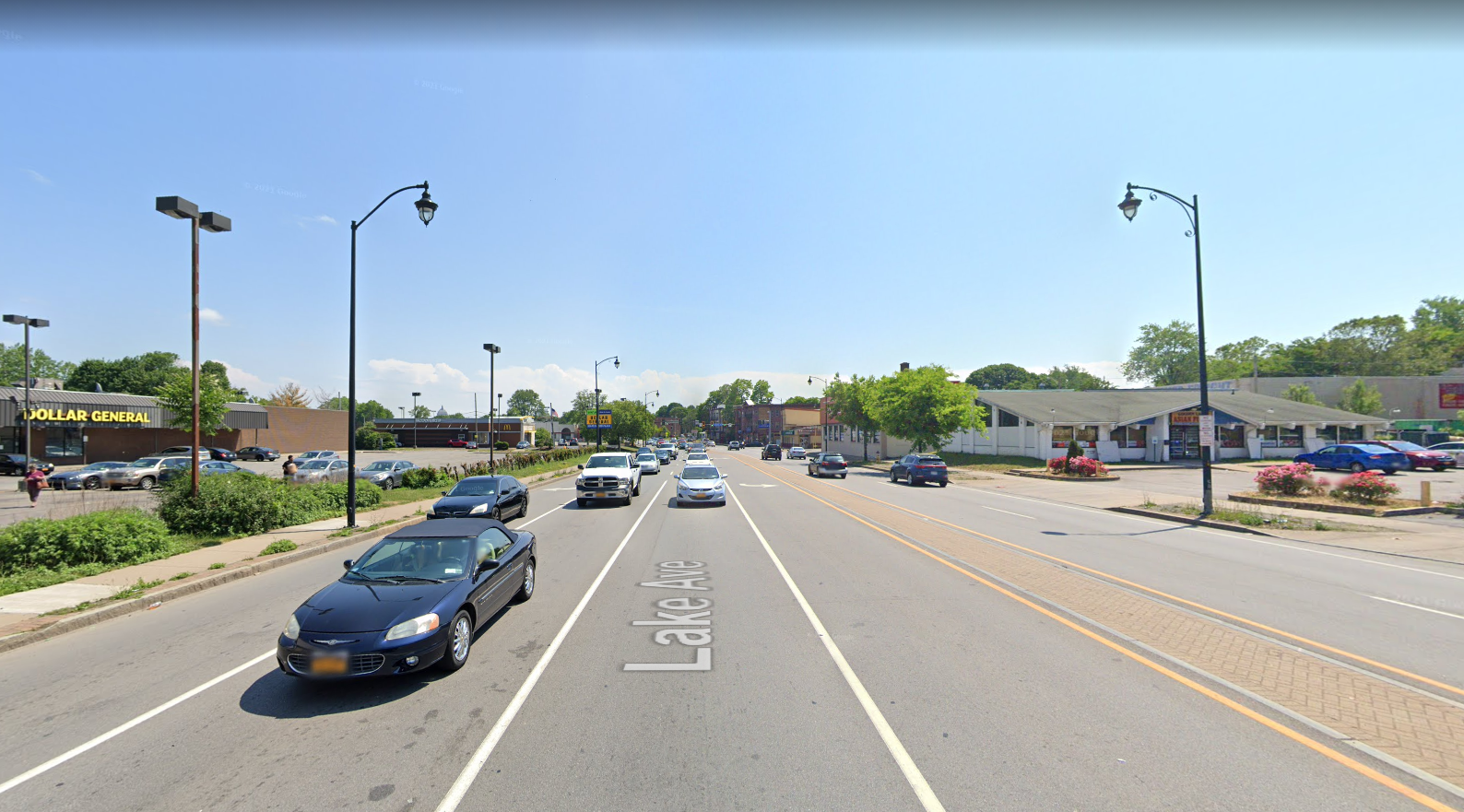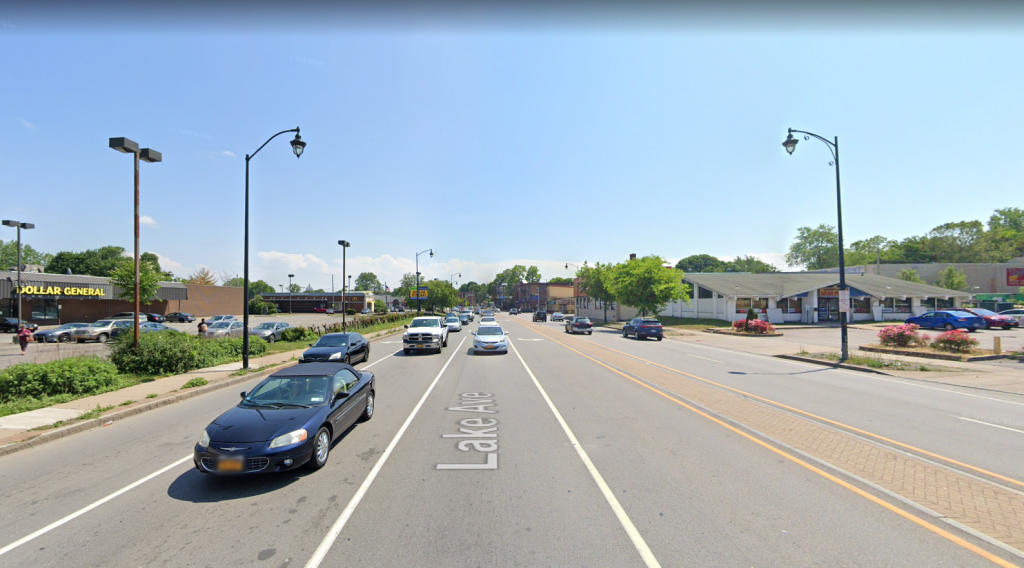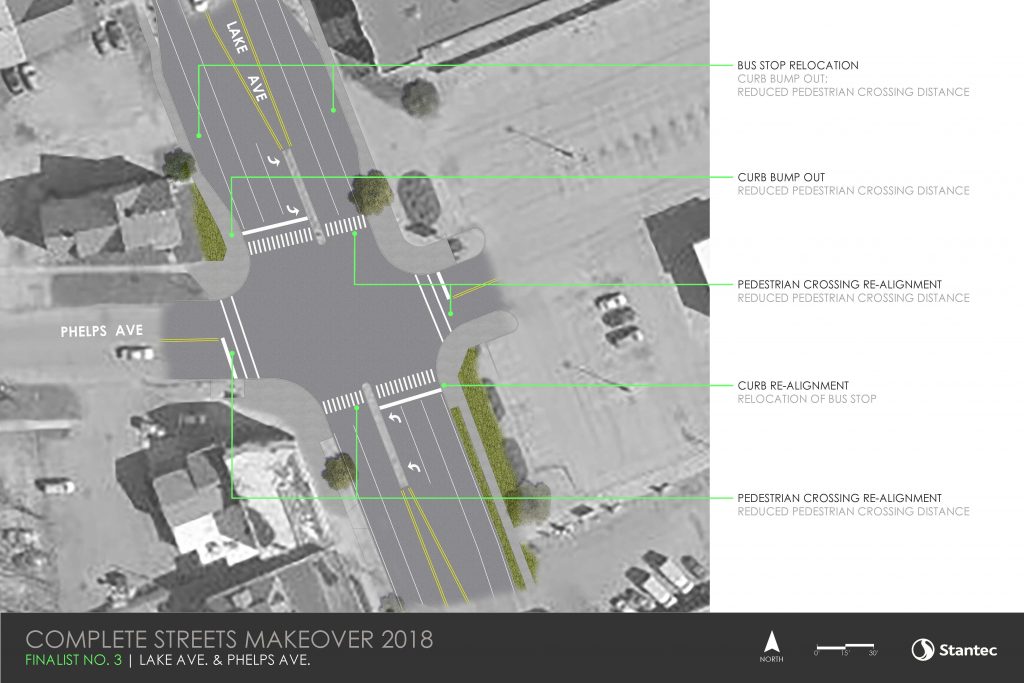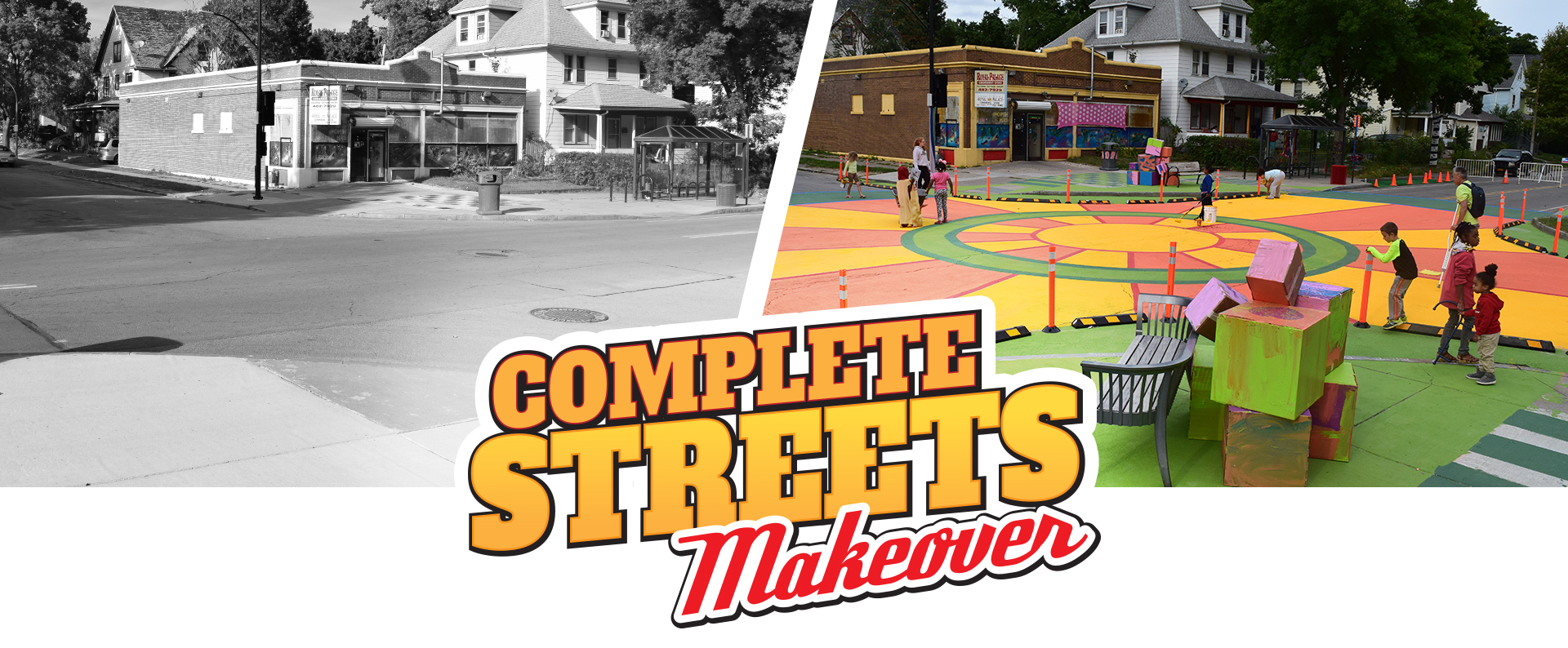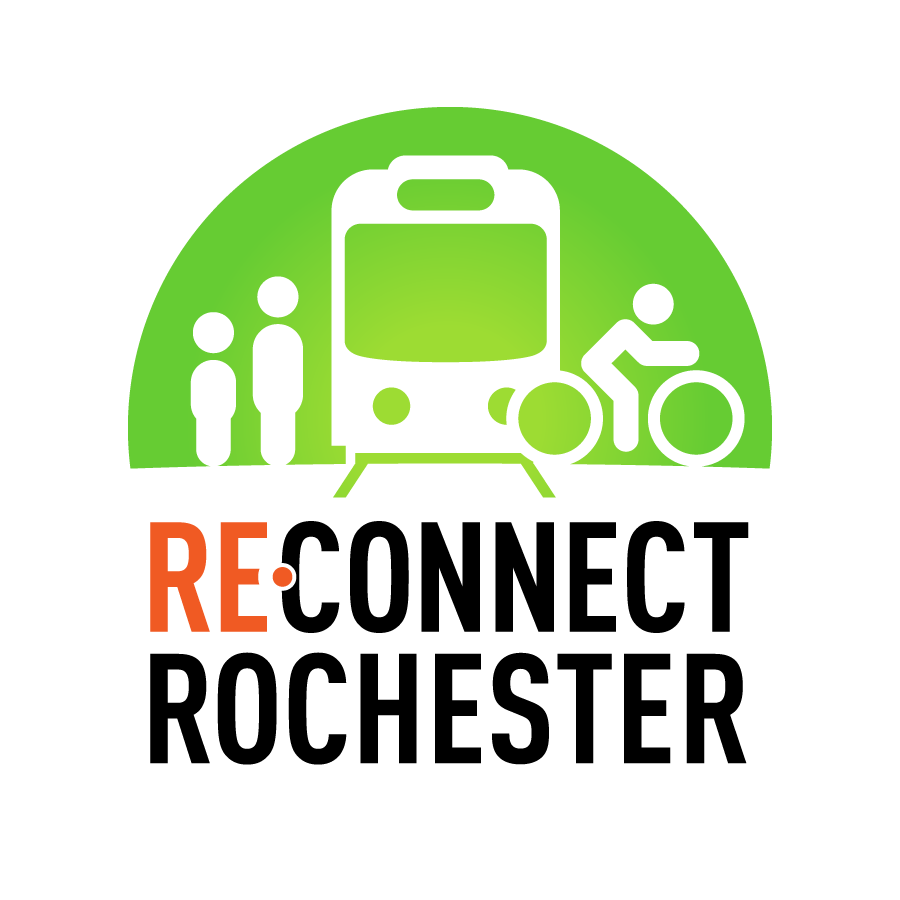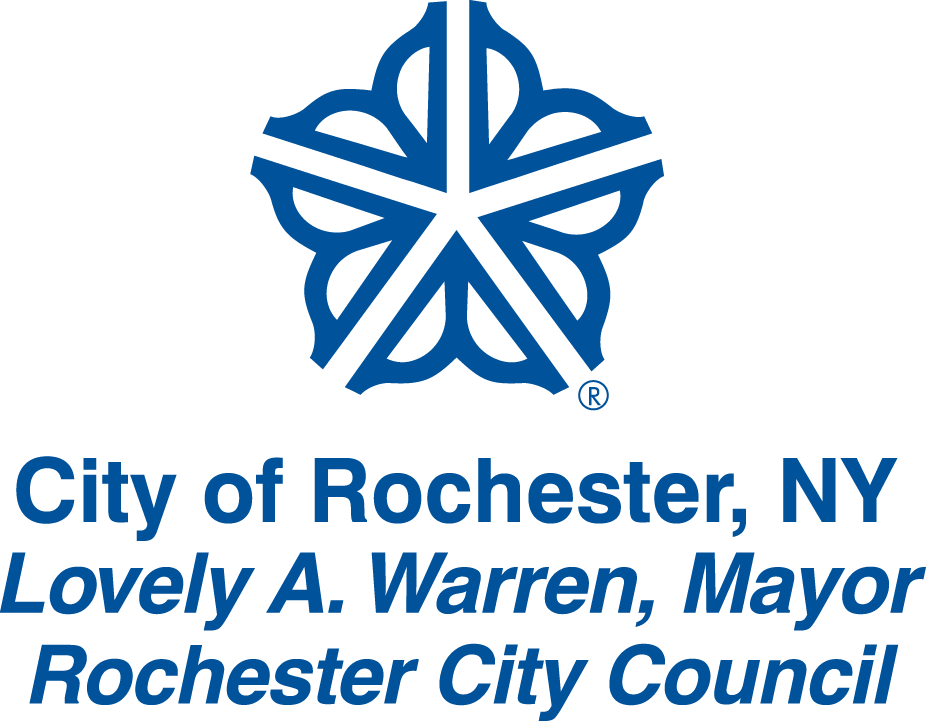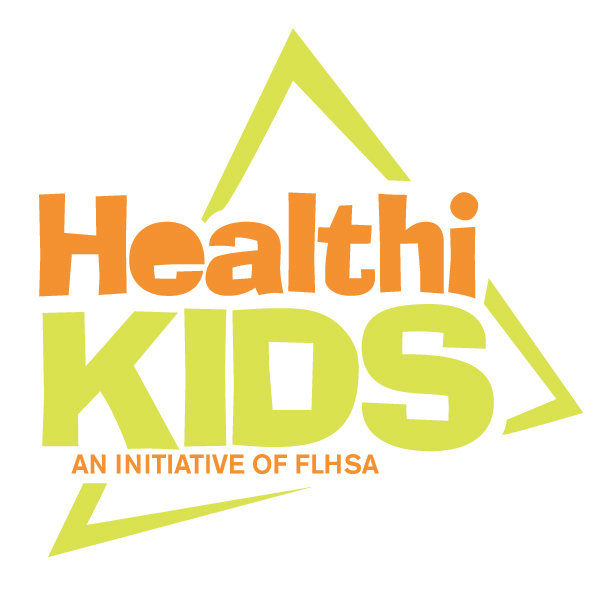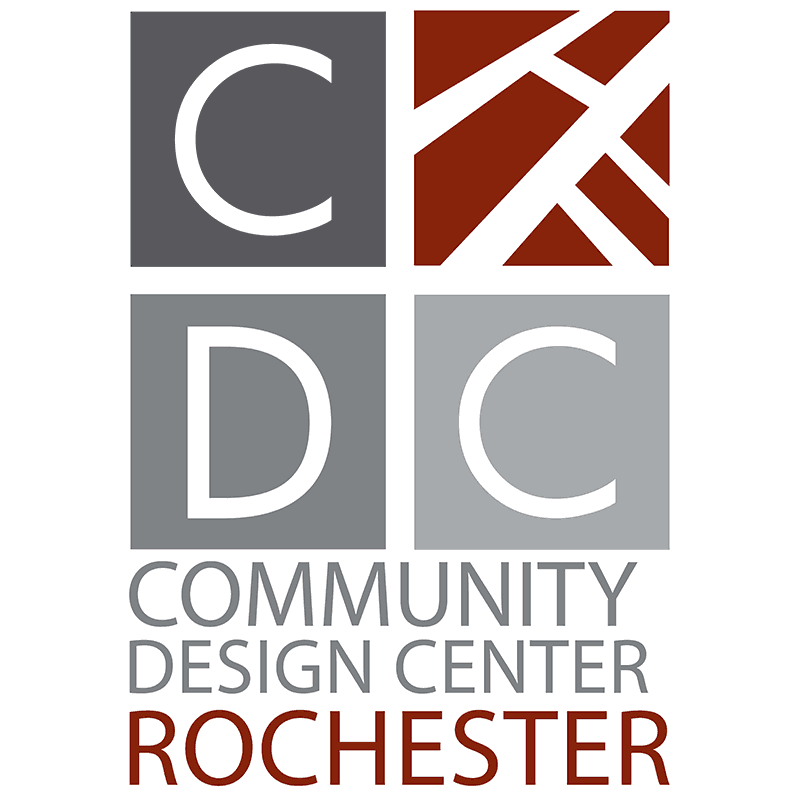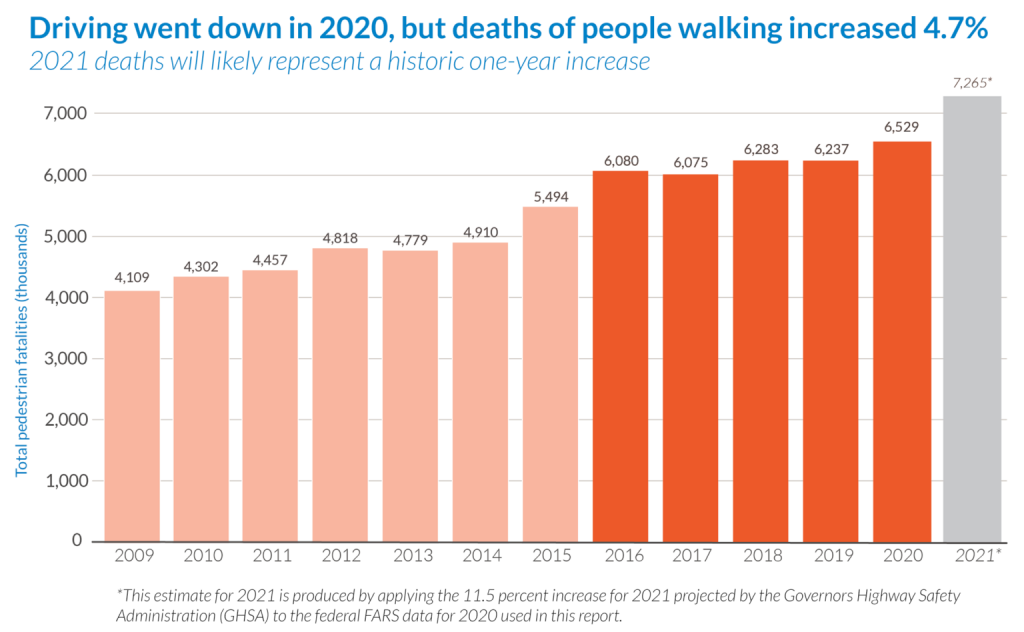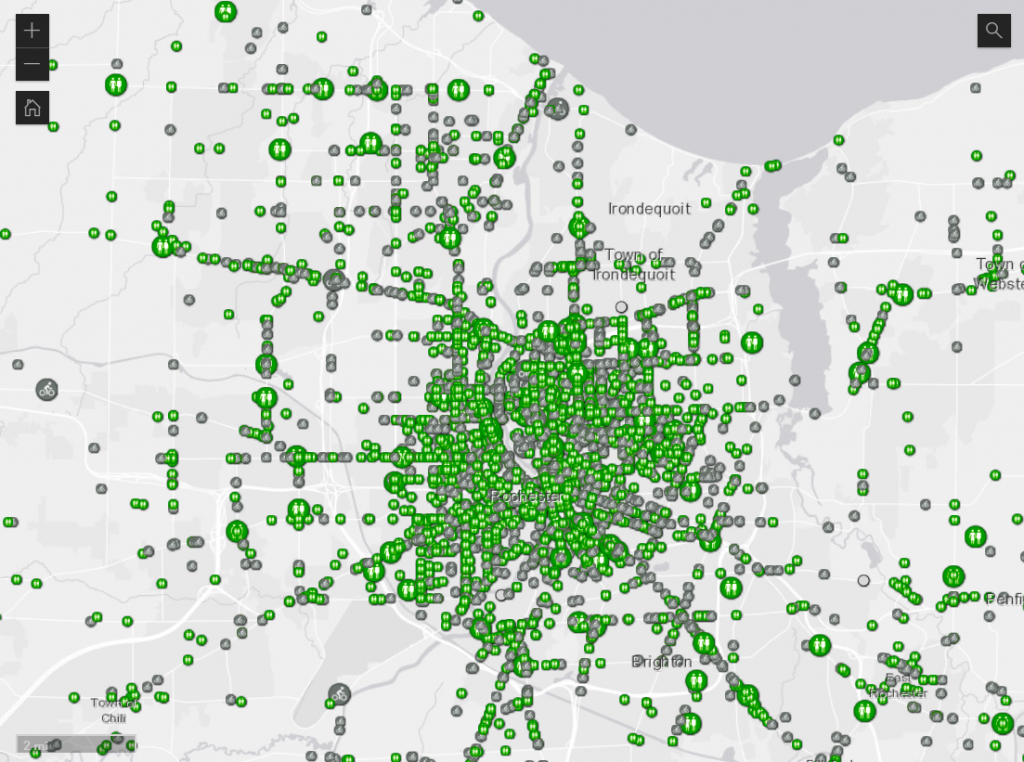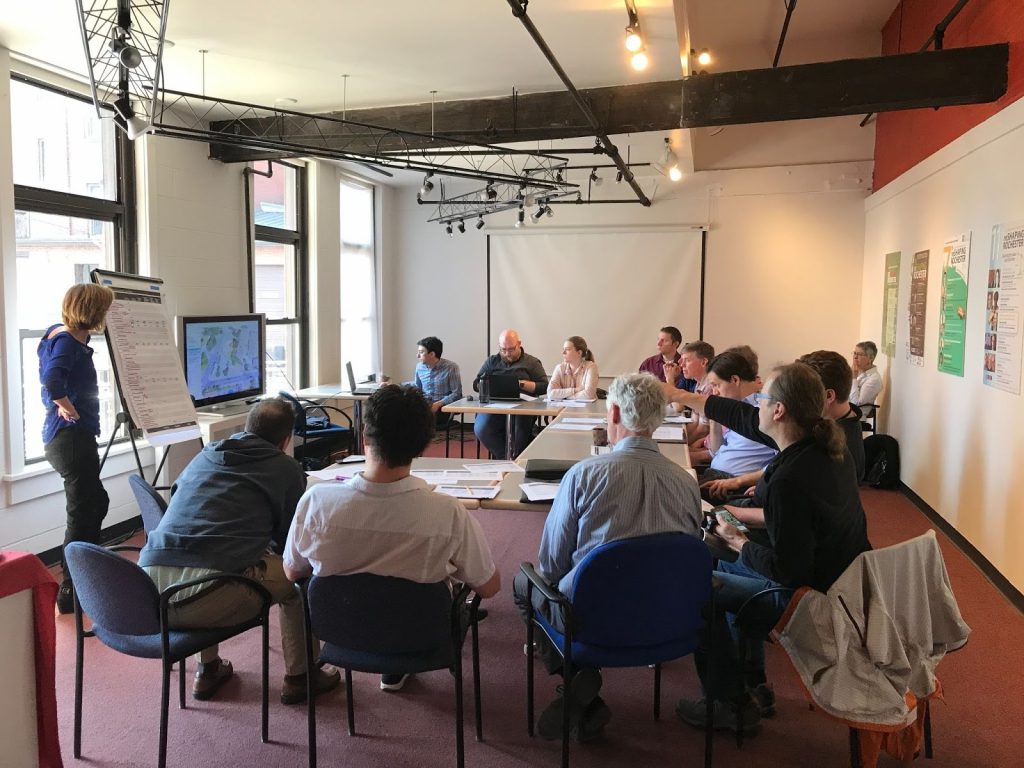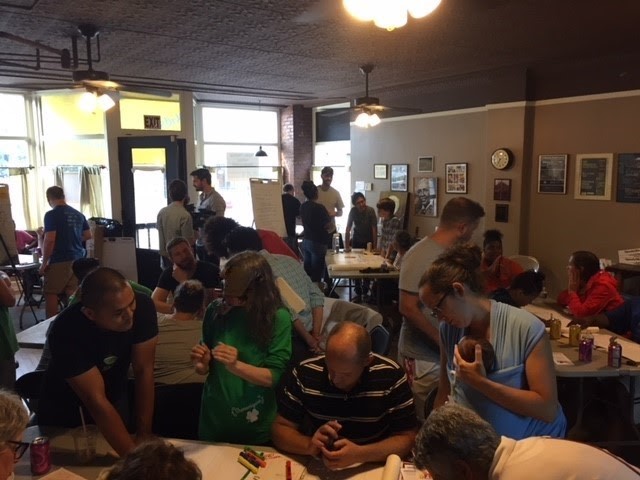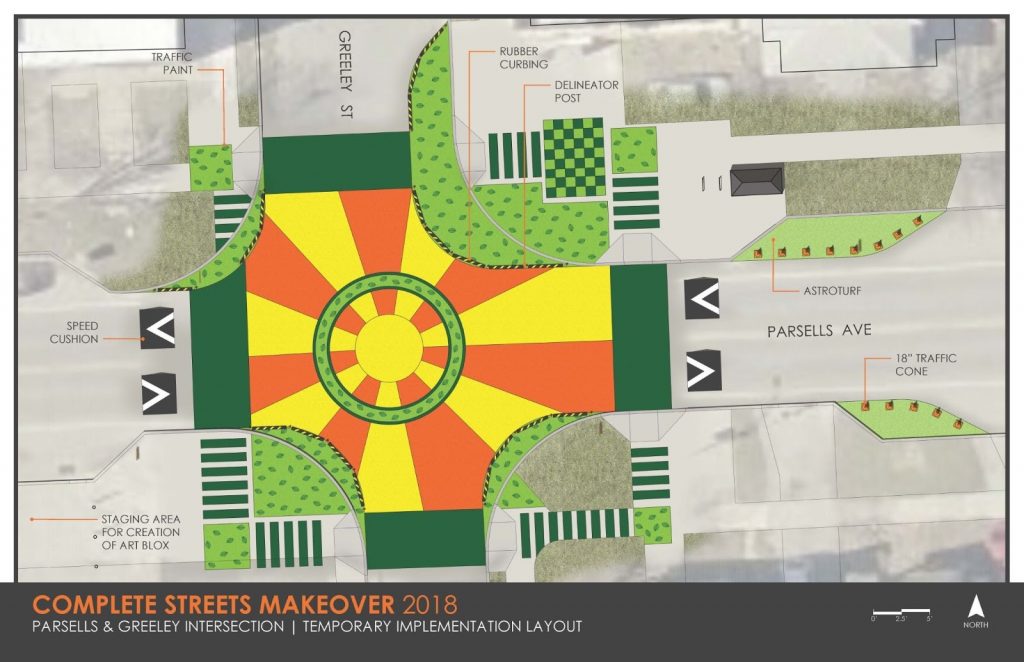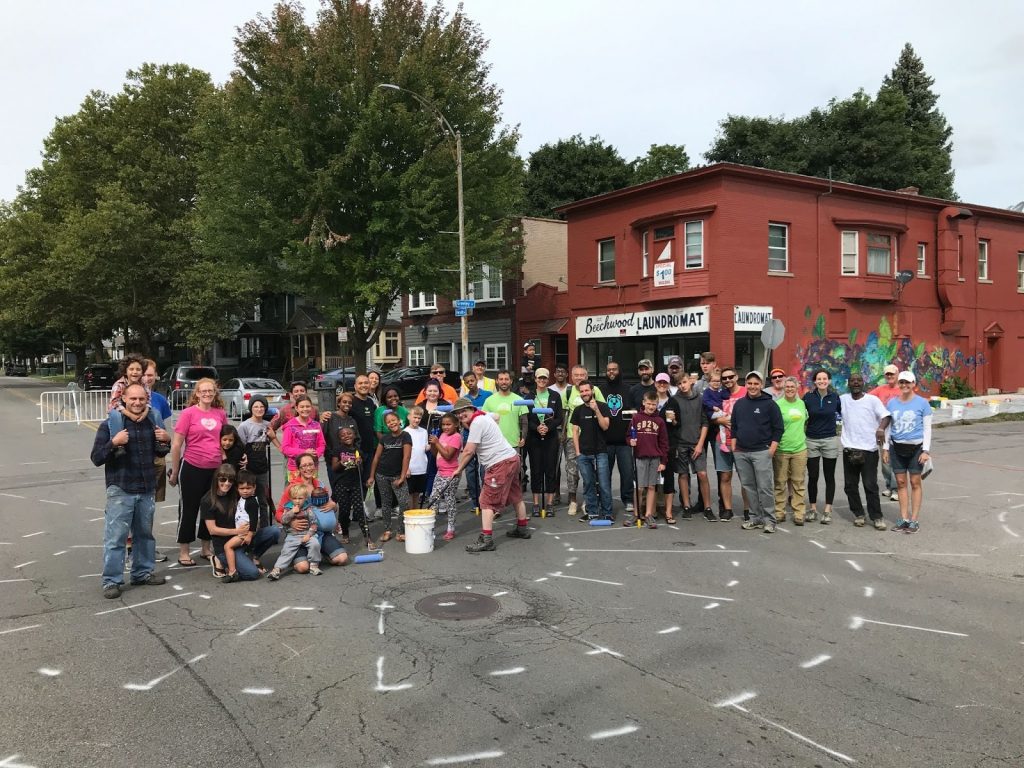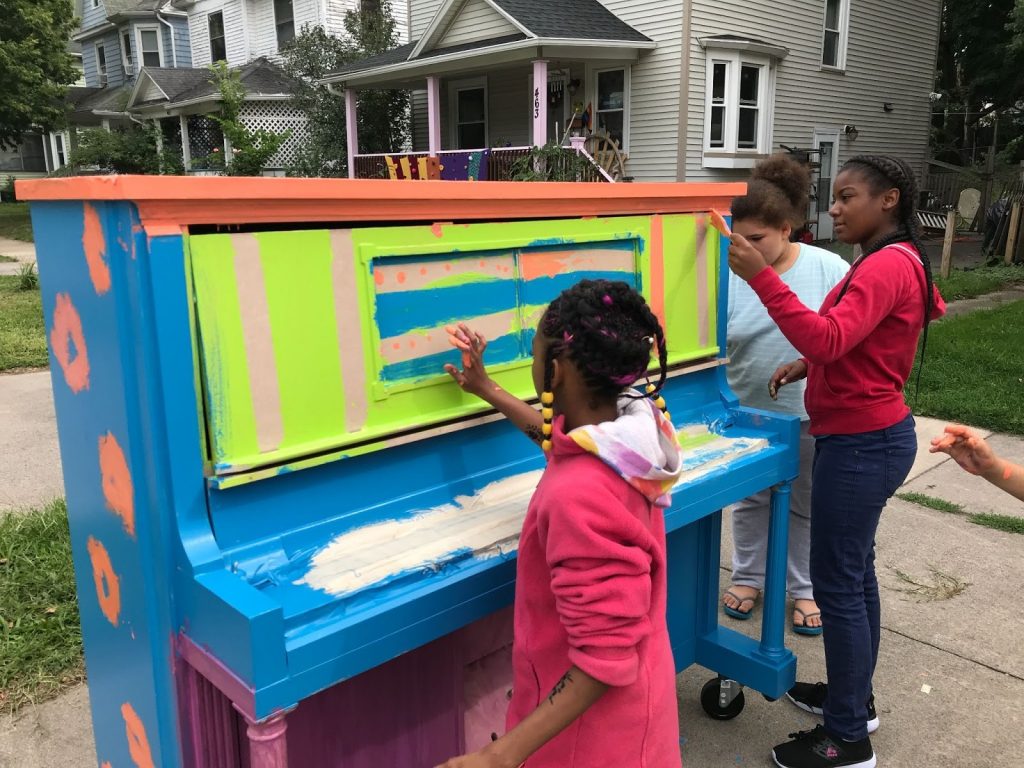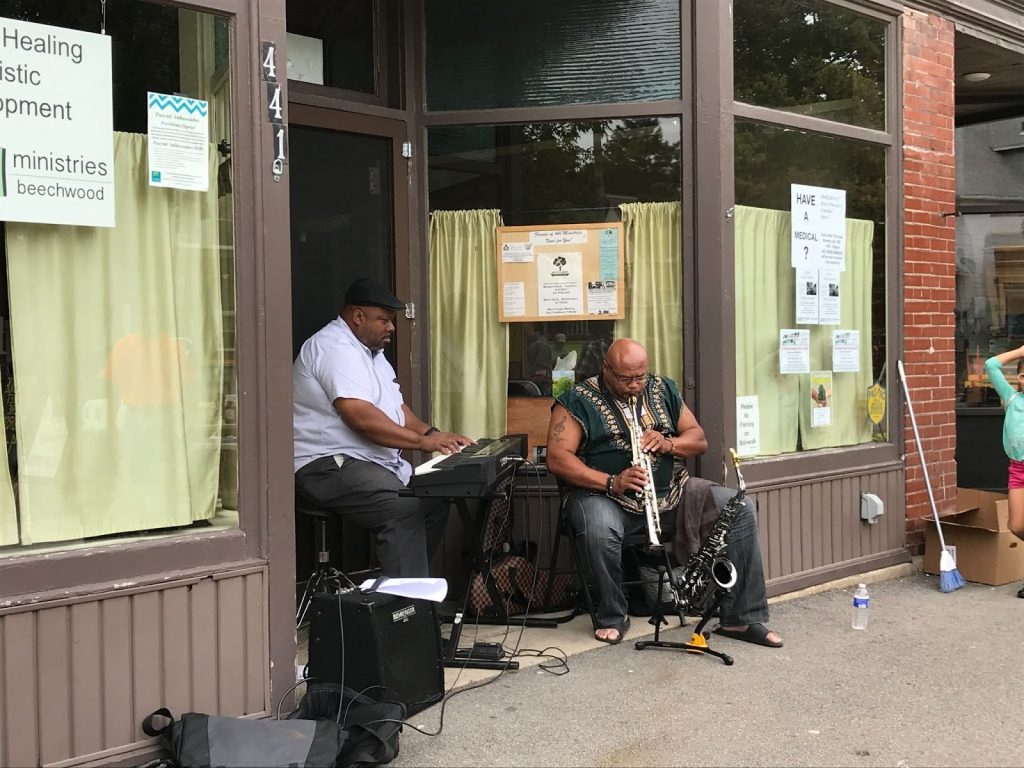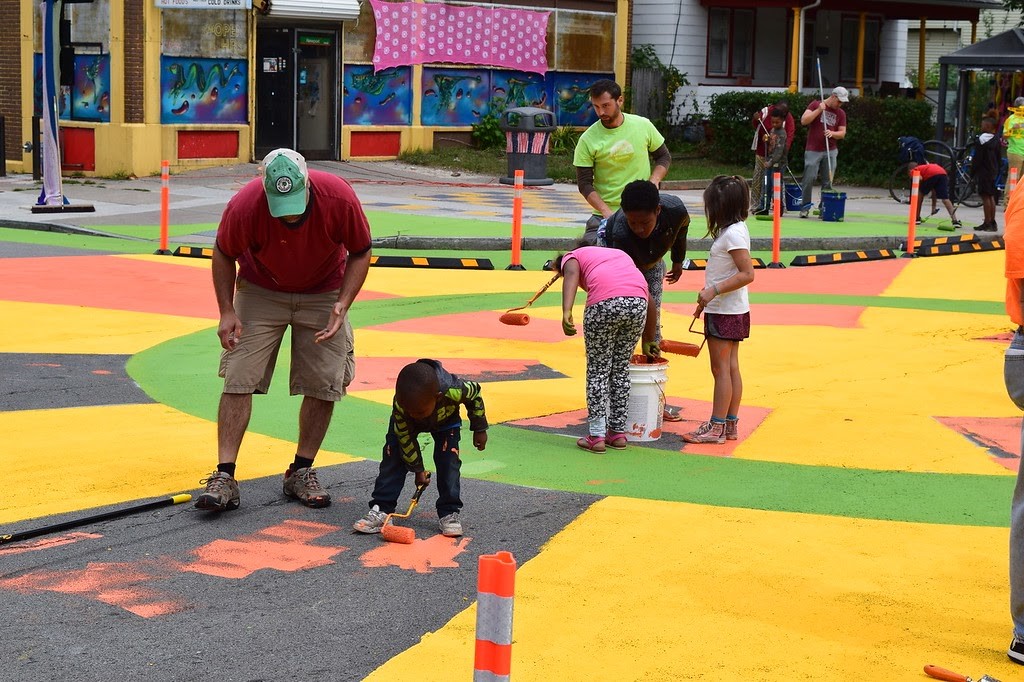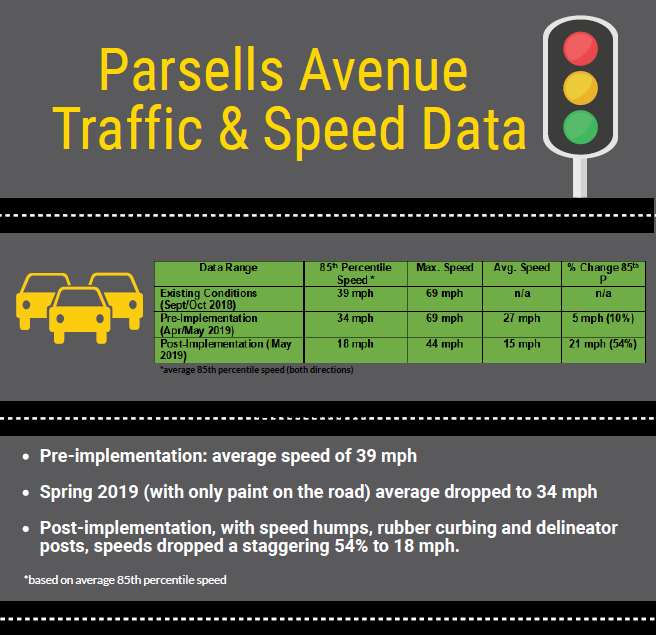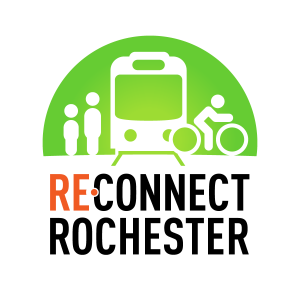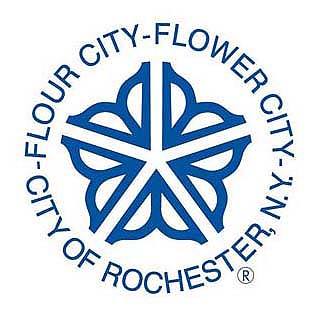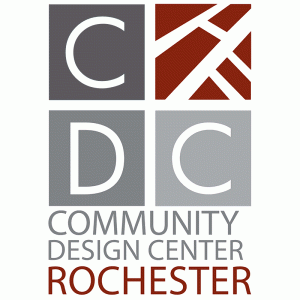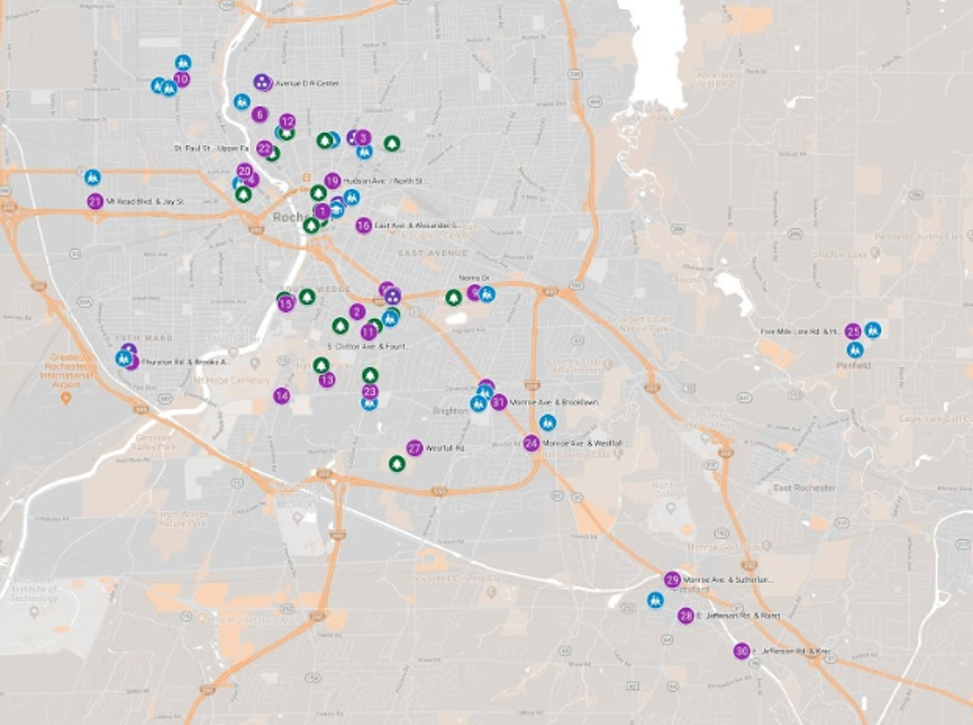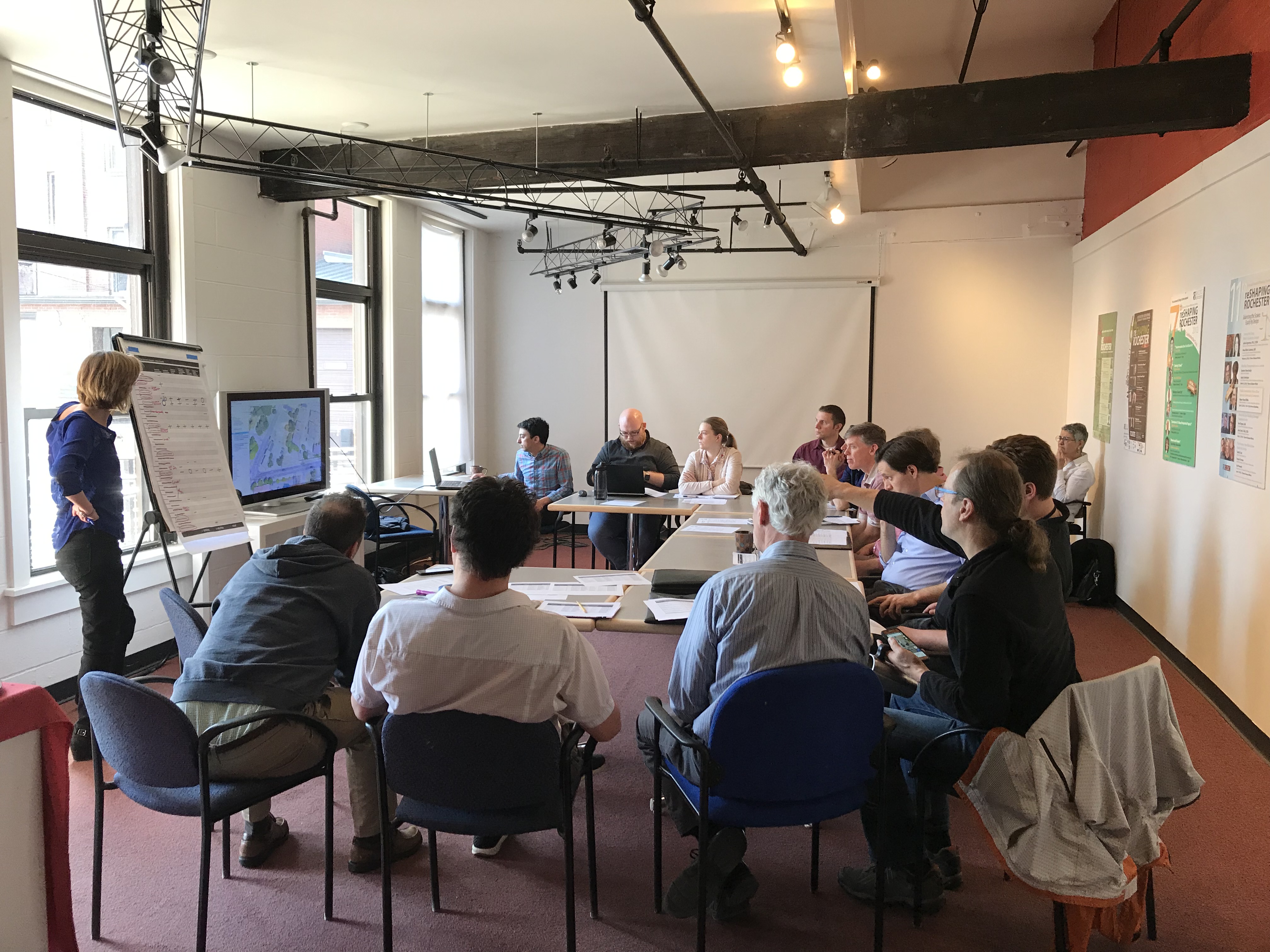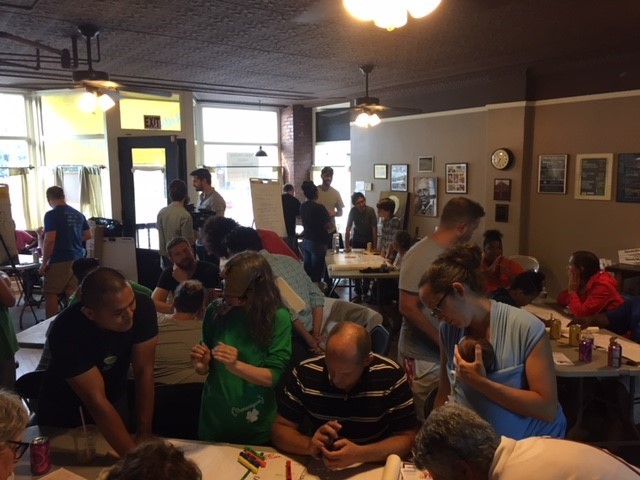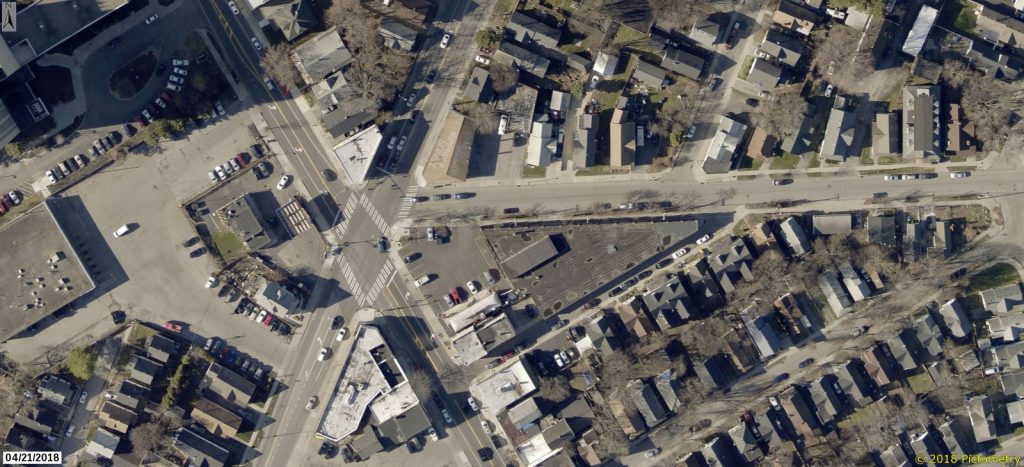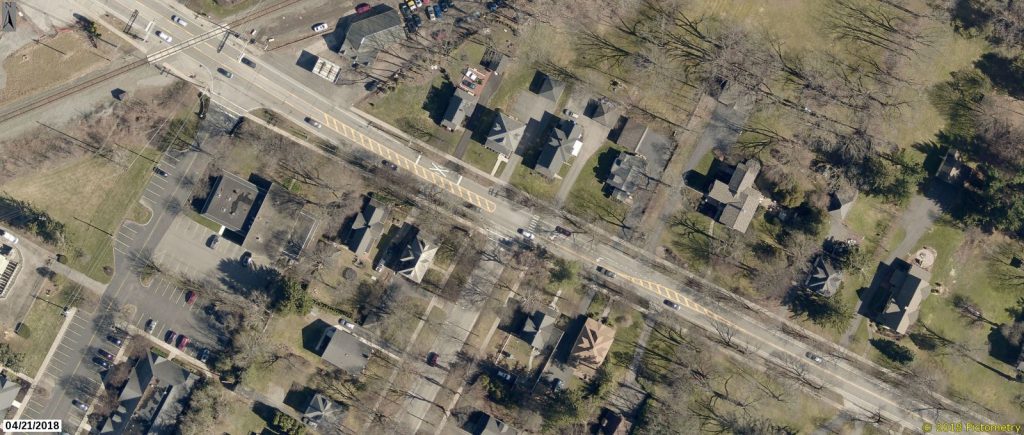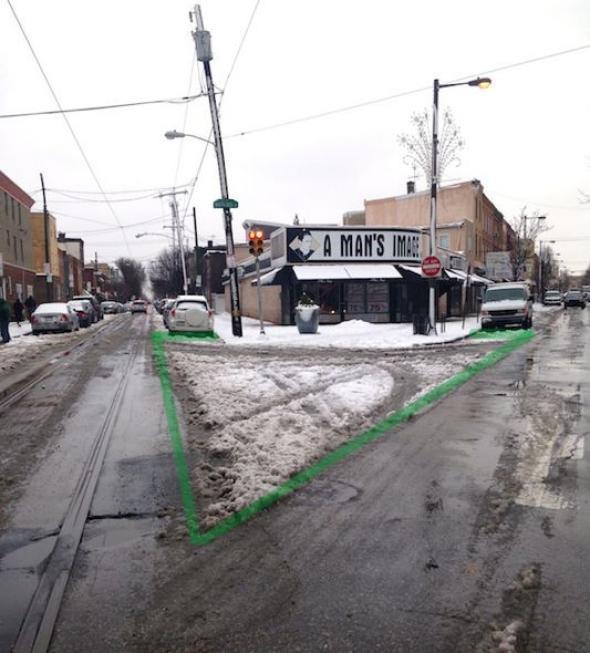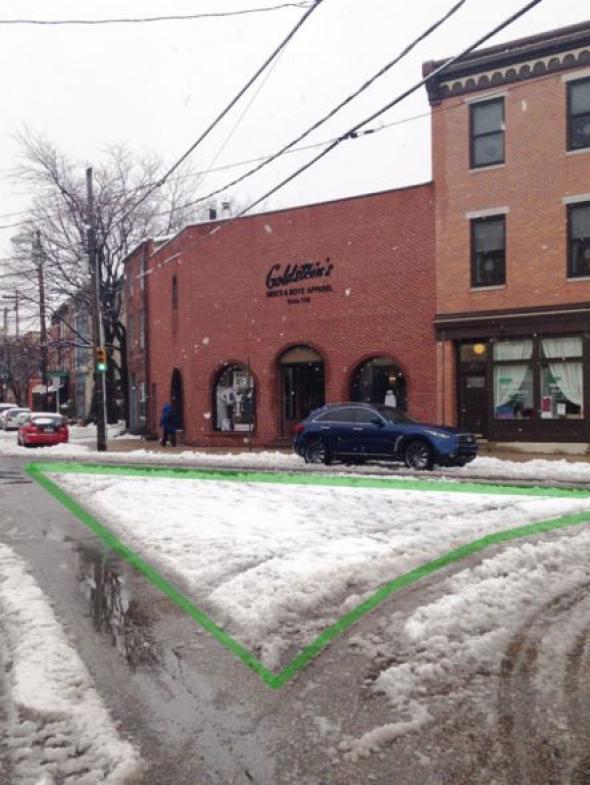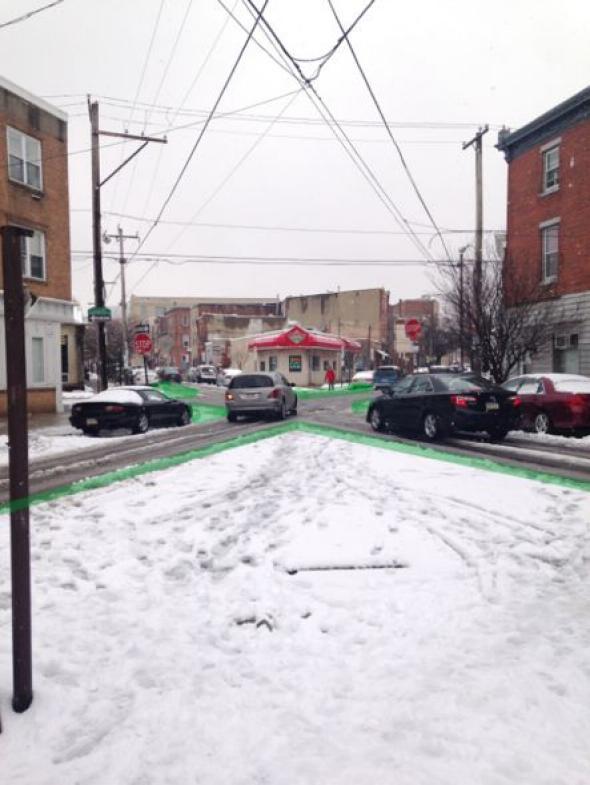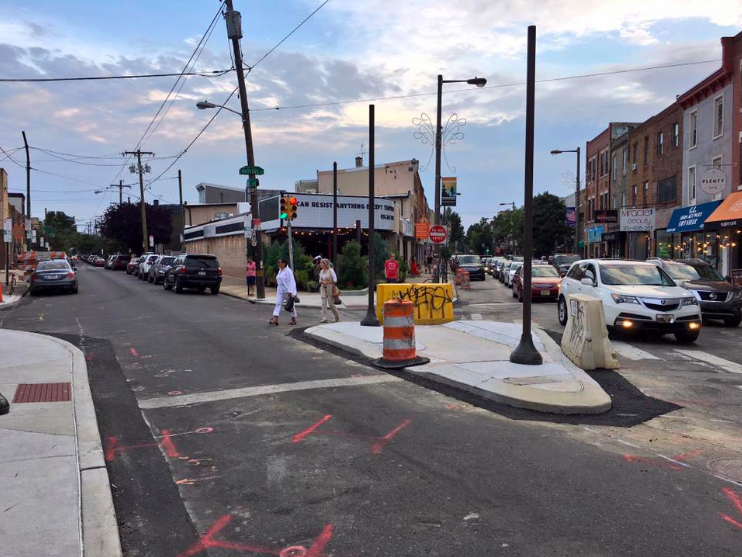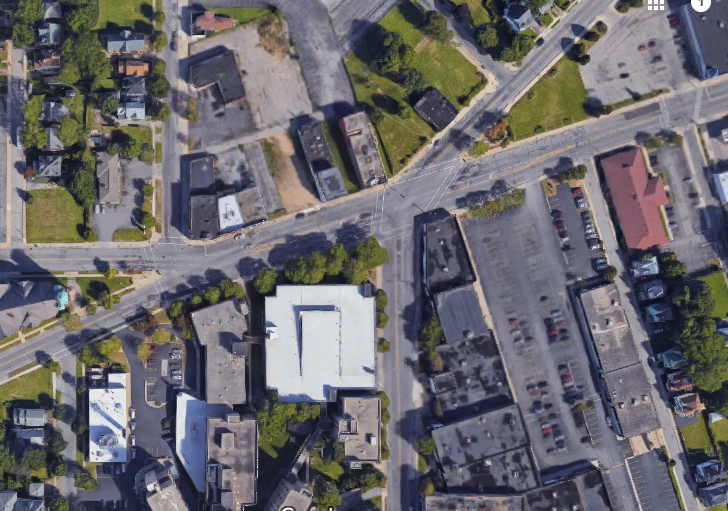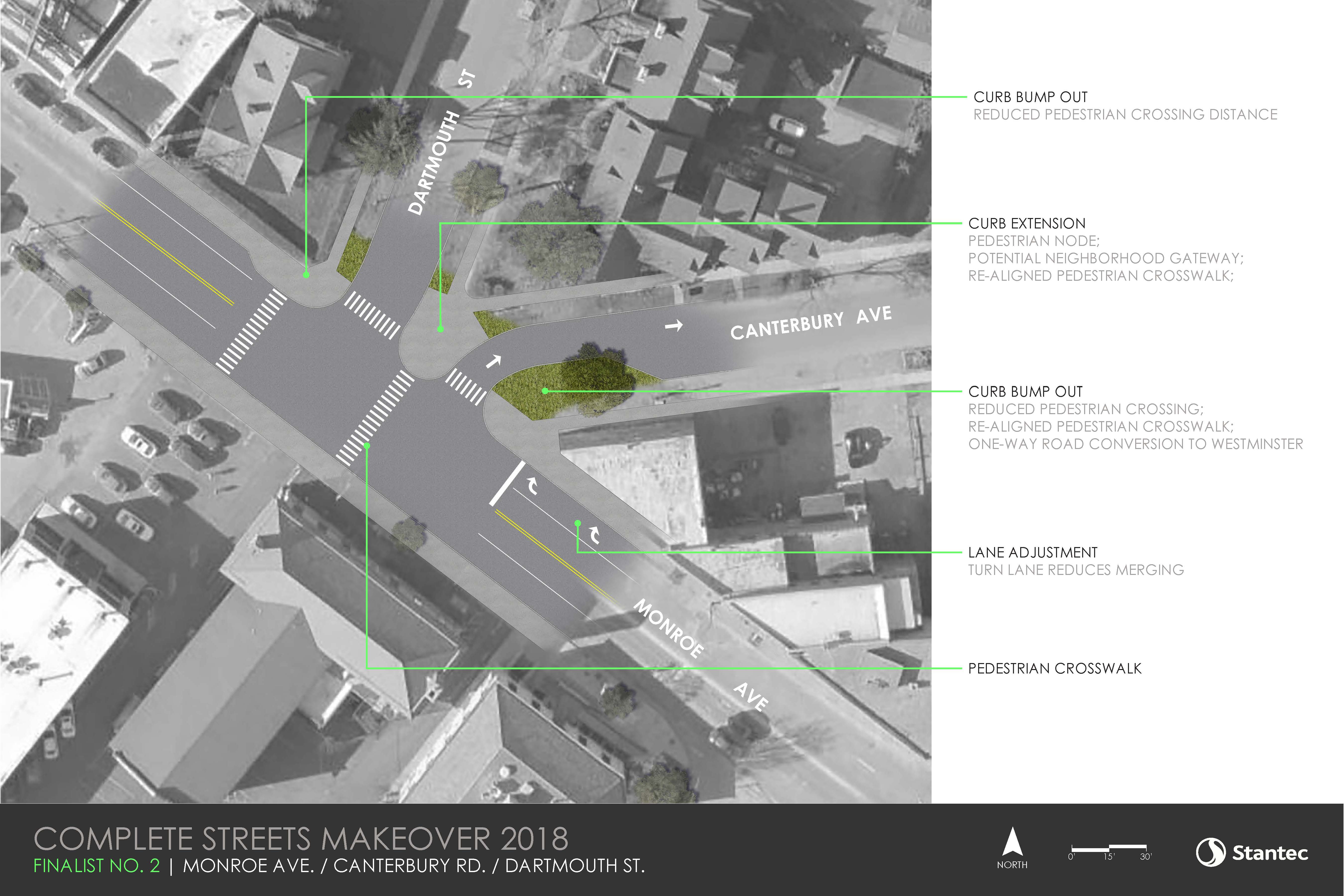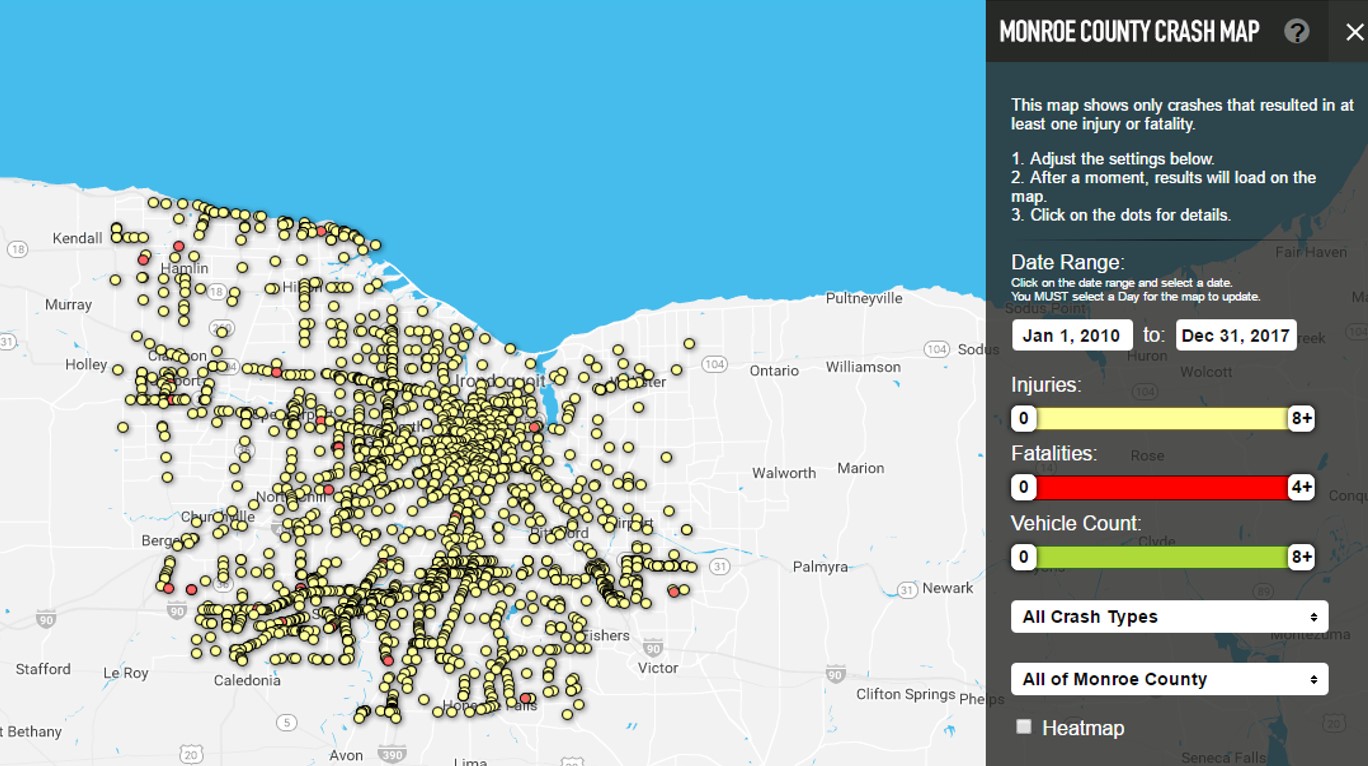(Drumroll please…)
Announcing the Winners of the 2021-2022 Complete Streets Makeover
In July, we asked you to help identify the intersections and trouble-spots in your daily travels where you don’t feel comfortable walking or biking, and that could be designed to be safer for everyone.
The community response was tremendous, and we thank all those who took the time to submit nominations! We received a total of 76 nominations for 68 locations in Monroe County.
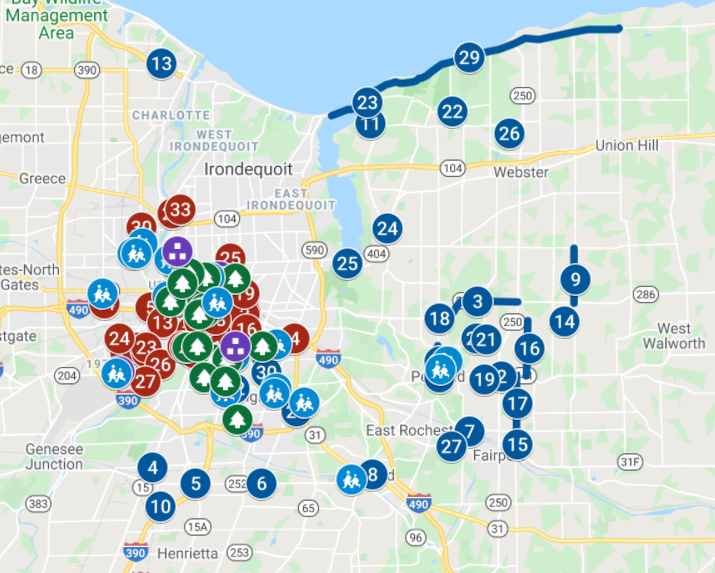
The Steering Committee had a tough task to choose from so many quality submissions and deserving locations! A set of established judging criteria helped guide us through the selection process. Here we are, hard at work examining each and every submission:
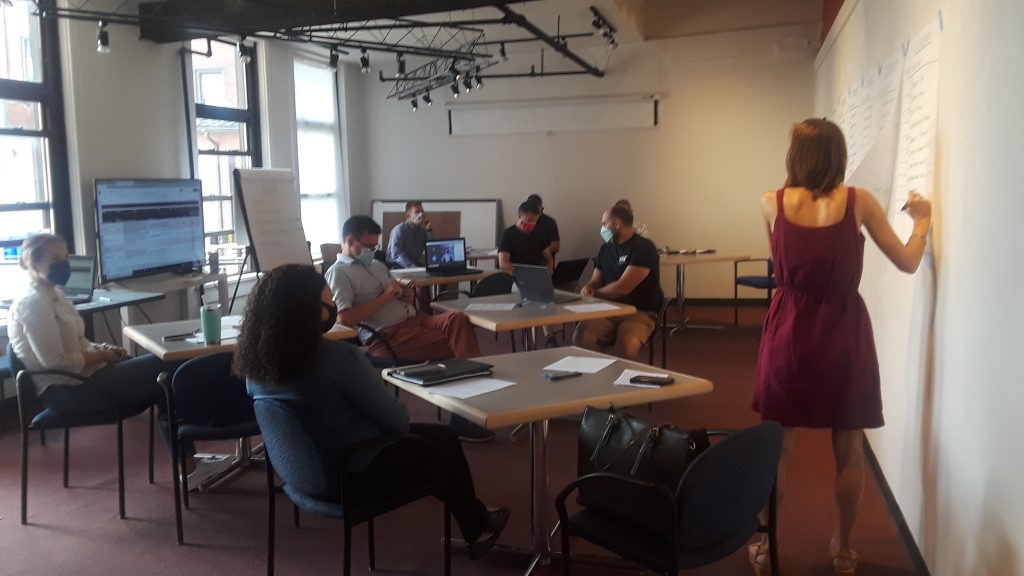
So What’s the Good Word?
In the end, we selected the following locations as this year’s winners:
- COMPLETE STREETS MAKEOVER WINNER: Orange Street & Orchard Street in the JOSANA neighborhood
- CITY DESIGN RENDERING WINNER: Arnett Boulevard between Genesee Street & Warwick Avenue in the 19th Ward neighborhood
- SUBURBAN DESIGN RENDERING WINNER: Monroe Avenue between Highland Avenue & 12 Corners in the Town of Brighton
The Orange & Orchard location presented the right mix of community support, evidence of safety concerns, and potential for a street re-design that would create real, transformative change for the community through our project. We are eager to get to work with the families at School 17, Charles House Neighbors in Action, the Americorp Vista team, and JOSANA neighbors on a project to transform the intersection and create a safer space for the community.
The Steering Committee also selected two Design Rendering Winners. These locations might not be suitable for the on-street makeover project (because of their size or other feasibility issues), but we want to highlight them as places where the community would like to see improvements made.
What Happens Now? Let’s start with our Complete Streets Makeover Winner.
The Complete Streets Makeover will kick off with a community input session in January (facilitated by the Community Design Center) to hear from the residents of the JOSANA neighborhood about their experiences and ideas. No one understands what it’s like to use our streets better than those who walk, bike, roll, and ride along them everyday.
Based on feedback from this session, the complete streets design team at Stantec will draft conceptual design improvements of an improved streetscape. The design will be brought to life through a temporary on-street installation in May. We will rely on people power from the neighborhood community, and equipment from the Healthi Kids traffic calming library to lay down the temporary design on the street. Stay tuned for project updates as we go along!
What About the Design Rendering Winners?
The design team at Stantec will provide each of our Design Rendering Winners with a conceptual drawing of street design improvements. The neighborhoods can use these illustrations as a launch pad for community discussion, and a tool to help advocate for changes that would make these streets safer for everyone.


